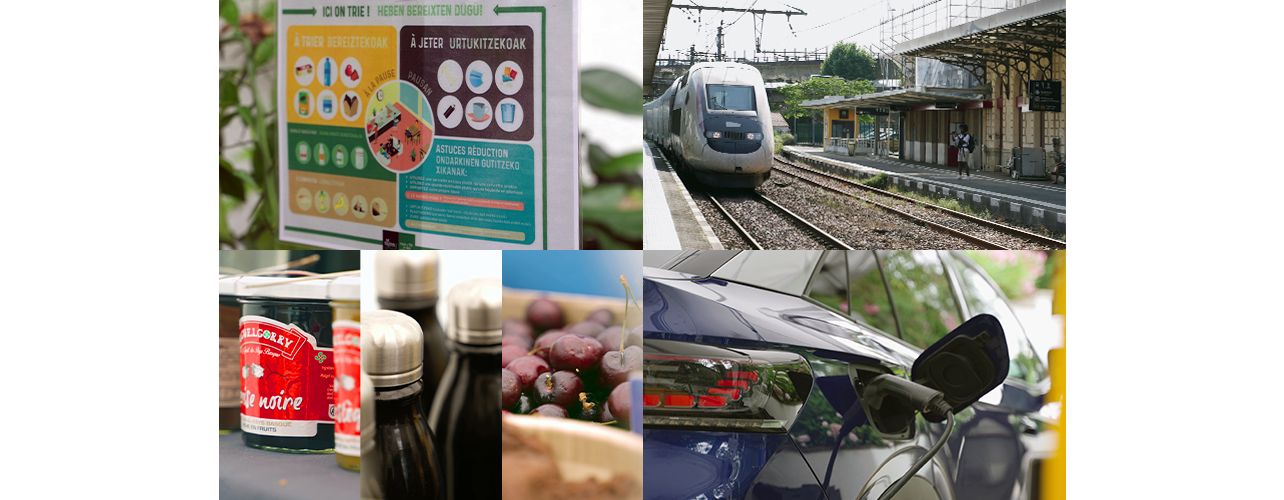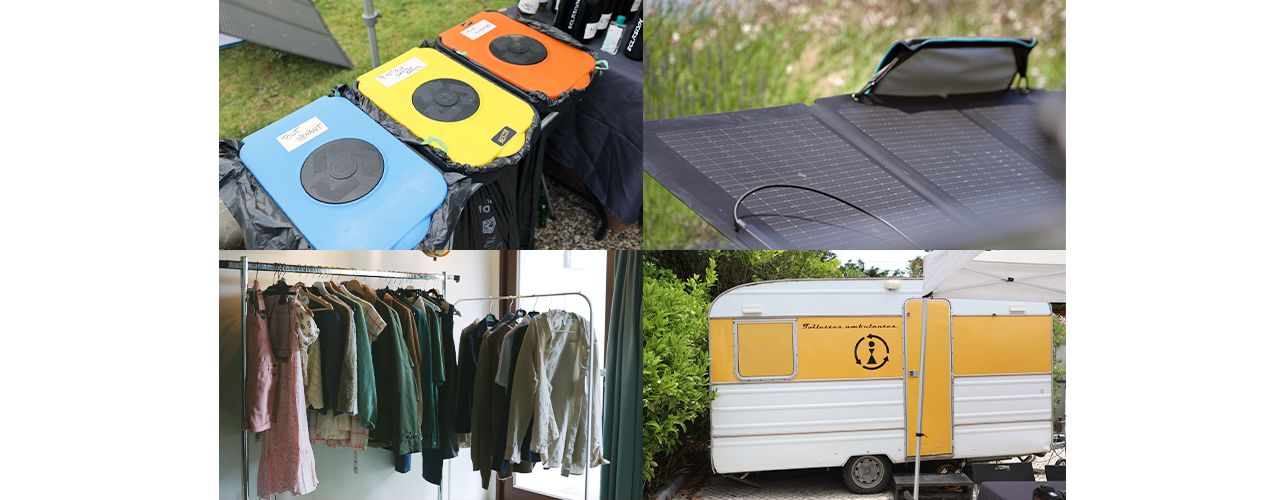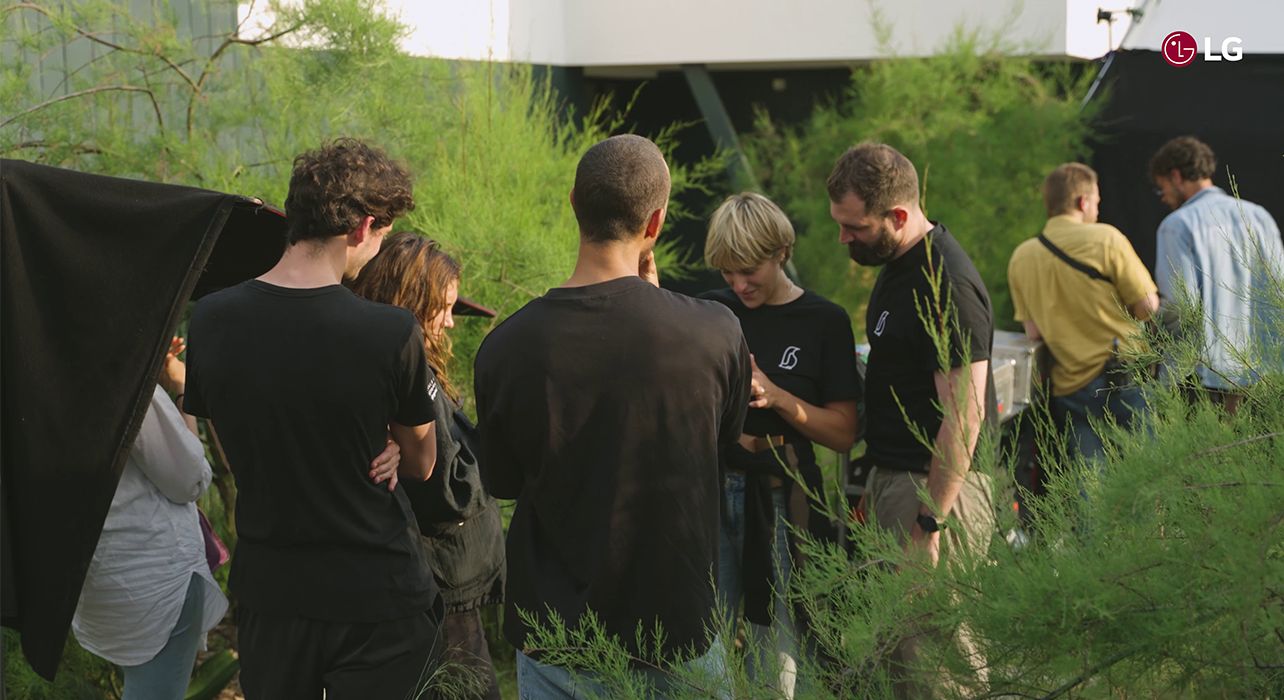We use cookies, including cookies from third parties, to enhance your user experience and the effectiveness of our marketing activities. These cookies are performance, analytics and advertising cookies, please see our Privacy and Cookie policy for further information. If you agree to all of our cookies select “Accept all” or select “Cookie Settings” to see which cookies we use and choose which ones you would like to accept.
As we discussed in the first part of this series, LG’s commitment to sustainability extends to the production of our promotional videos. As the second series of our #CareForWhereYouLive heat pump campaign, we filmed “New Horizon” campaign video for our Therma V lineup of heat pumps this summer. Since eco-production for audiovisual projects is not a common practice, the production for this campaign was both complex and pioneering. When we took on this challenge, we knew it was going to be an uphill climb. From communication and waste management to food, transportation, and equipment choices, the focus of our production was on reducing the ecological footprint. Our commitment truly paid off in the end.
We began preparations for the shoot in March of 2023, and it lived up to expectations for energy conservation over the 4-day shoot in June on the French Basque coast with a crew of 40 people. We are proud to share this unprecedented collective venture with you.




